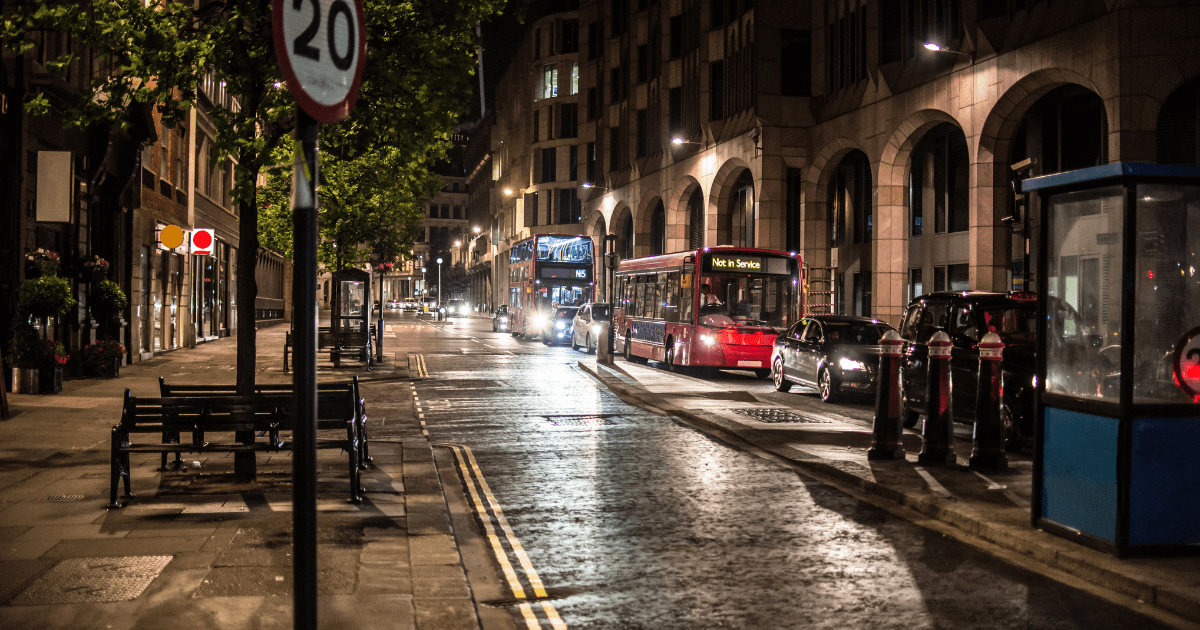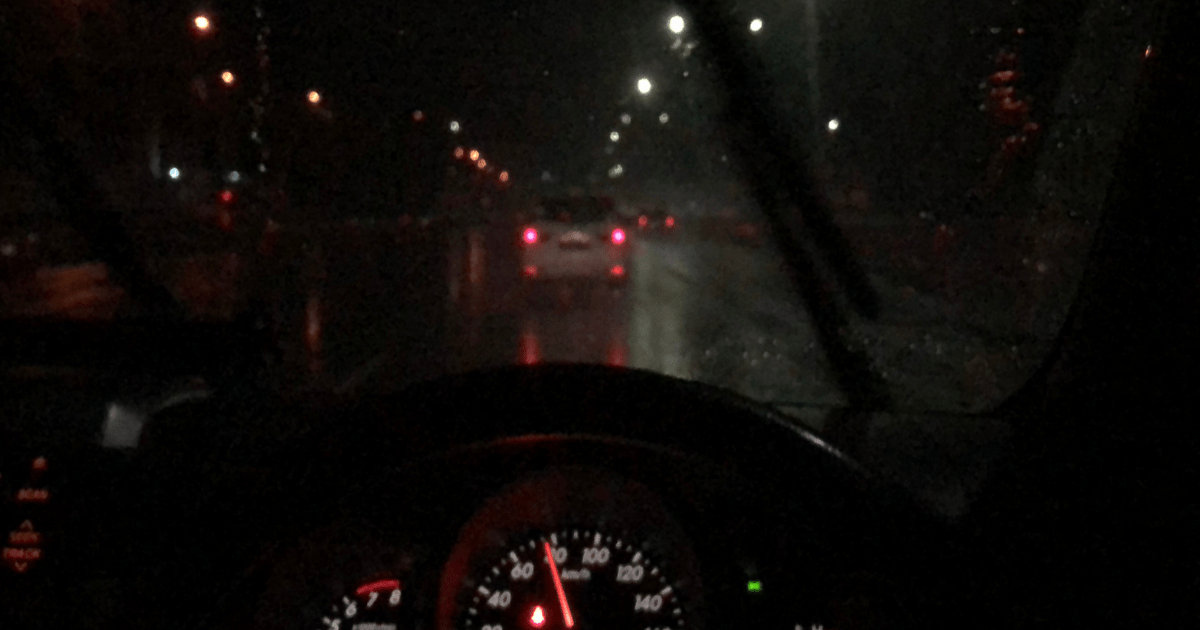
Driving Test Booking Changes For 2025 and 2026
Your guide to the latest driving test booking changes, new DVSA rules and measures aimed at cutting waiting times for learner drivers across the UK.
Driving at night presents unique challenges particularly for inexperienced drivers, such as learners or newly passed drivers. These challenges can range from reduced visibility to increased risks of encountering and/or being a tired or impaired driver(s).
For learner drivers in the UK, practising at night is an important part of gaining well-rounded driving experience. But is it allowed and what do you need to know? In this blog, we will explore whether a learner driver can practise at night, what the benefits and challenges of night driving are, and essential safety tips to ensure a smooth learning experience that adds to your driving skillset.
Yes, learner drivers in the UK are legally allowed to practise driving at night. Whether it is taking lessons with an Approved Driving Instructor (ADI) or private practice with someone supervising, there are some key considerations to keep in mind.
If you are taking professional driving lessons, your ADI may offer lessons in the evening to help you gain experience in night driving, or it may be that these hours suit you better due to work and/or education commitments. Either way, having driving lessons in the evening is quite common for those learning to drive. Since the UK driving test does not specifically require night driving, it’s essential to request lessons after dark if you want to build confidence in different lighting conditions.
Learner drivers can also practise at night (or any time of the day) with a friend, family member, or guardian, as long as the supervising driver meets the following requirements:
Additionally, you must ensure that the car is insured for learner driving. Many learner driver insurance policies cover night driving, but it is always best to check with your insurer to confirm whether there are any restrictions.
Driving at night is very different from driving in daylight and presents several challenges that contrast to driving during the day. Visibility is often reduced, headlights from other vehicles can create glare, and roads may be quieter but also more dangerous due to potentially impaired or fatigued drivers. Therefore, those learning to drive at night should take extra precautions, such as familiarising themselves with their car’s lighting controls, avoiding overly dark or rural roads until they feel confident, and practising defensive driving techniques.
Less Traffic: Roads can sometimes be quieter in the evenings which can reduce stress and therefore allow learners to focus on their driving skills without heavy congestion.
Builds Confidence in Different Conditions: Practising at night prepares learner drivers for real-world scenarios, ensuring they can safely navigate dark roads once they pass their test.
Enhances Awareness and Reaction Times: With reduced visibility, learners must sharpen their observation skills and anticipate hazards earlier, which can help to make them more alert drivers.
Experience with Headlights and Visibility Issues: Learning how to properly use full beams, dip headlights when approaching other vehicles, and adjust for reduced visibility is a crucial driving skill which all drivers at night must be familiar with.
Prepares for Driving in Winter Months: In the UK, shorter daylight hours in winter mean many drivers will frequently be on the road in the dark. Early exposure to night driving can help build essential experience.
Reduced Visibility: Even with headlights, seeing pedestrians, cyclists, and road signs can be more difficult at night.
Increased Risk of Fatigue: Driving late in the evening or when tired can impact reaction times and concentration levels.
Potential for Poor Weather Conditions: Night driving often coincides with fog, rain, or ice, making roads more hazardous than during the day where despite similar conditions, the roads are more visible.
Glare from Oncoming Vehicles: Bright headlights can reduce visibility, making it harder for learners to judge distances and respond to traffic conditions.
Night driving is an essential skill for any learner driver, and the good news is that it is fully permitted in the UK with the appropriate supervision and insurance. While it comes with challenges such as reduced visibility and the potential for encountering more hazardous drivers, it also offers valuable learning opportunities that can boost confidence and help make learners more adaptable behind the wheel. By following key night driving safety tips and ensuring the appropriate learner driver insurance is in place, learners can safely gain experience and prepare for real-world driving scenarios.
By incorporating night driving into their learning journey, learners can gain the confidence needed to drive safely in all conditions.
Commonly asked questions about driving at night
Most learner driver insurance policies do cover night driving, but it is always best to check the terms and conditions of your specific policy to confirm coverage.
No, standard vehicle headlights and fog lights (when necessary) are sufficient. However, learners should ensure their lights are working correctly and adjusted properly before setting off.
Driving tests typically take place during daylight hours, but during winter months, late afternoon tests may occur in low-light conditions.
Beginners should initially avoid unlit rural roads, or areas with heavy nightlife until they build confidence and experience.
– Ensure headlights are on and clean
– Reduce speed to accommodate lower visibility
– Avoid looking directly at oncoming headlights
– Stay extra vigilant for pedestrians and cyclists
You will be logged out in seconds. Do you want to stay signed in?